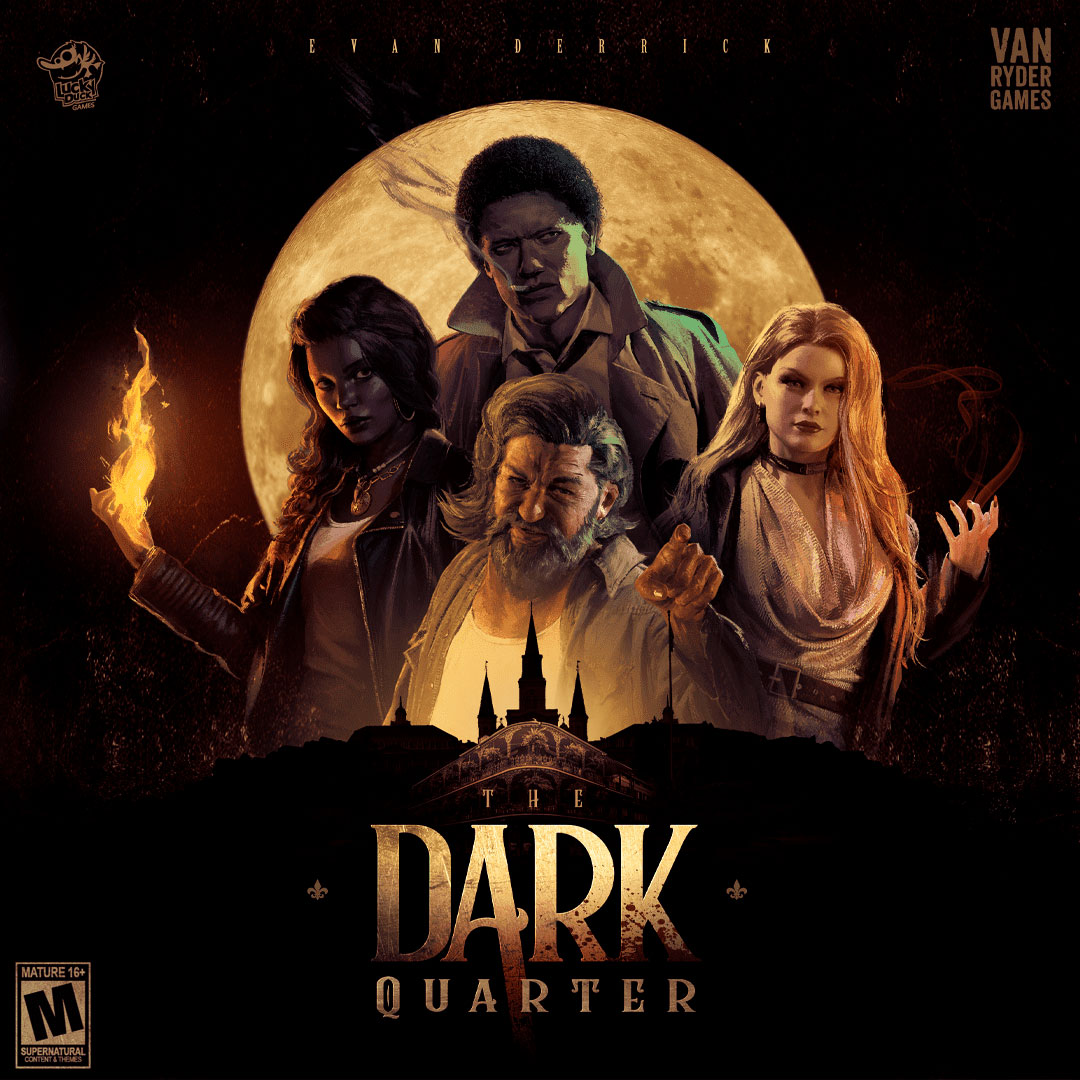PROTECT YOUR DNA WITH QUANTUM TECHNOLOGY
Orgo-Life the new way to the future Advertising by Adpathway1. The rules are short.
2. The game plays quickly.
Beyond that, tic-tac-toe has little to offer anyone over the age of four, but thankfully Bombastic is on hand for players past that age, although you might confuse the two designs for a moment when you look at the game set-up:
Your goal in Bombastic is to reveal a line of three tiles that feature your symbol, either X or O. Yes, yes, more tic-tac-toe elements, but revealing a line will be a challenge thanks to two elements:
1. You don't know the location of any tile at the start of play.
2. One of the nine tiles shows a bomb.
Gameplay is straightforward, with players alternating turns until someone wins...or loses. On a turn, take one of two actions:
1. Go for it! Flip three tiles in a line — whether horizontally, vertically, or diagonally — face up. If they all show your symbol, you win. If you reveal the bomb, you lose. In all other cases, you turn them face down again. (And if you revealed three of the opponent's tiles, you can go ahead and offer them congratulations since you know what they'll do on their next turn!)
2. Use an action card, place it on the bottom of the deck, then reveal a new card.
You can choose to "Go for it!", of course. Once after I finished teaching the game, my opponent said, "I can just do this?" and flipped three tiles, revealing three Xs in the process and winning.
Yep, the game can end that quickly.
If you're not an impulsive maniac, then you might want to use the action cards since they'll let you scout the ground and improve your odds of flipping the correct tiles. Let's say that as the O player, I use the bottom action card and reveal these two tiles:
Now what? I know where the bomb is, which is a huge plus since I can avoid flipping it in the future, but what do I want to swap where? Should I swap the O with the center tile so that I can increase my chances of creating a line with it (since currently it could be used in only one line)? Or should I swap the bomb to the center and hope my opponent will think that I'm placing one of my own tiles there?
The action cards in Bombastic function mostly along these lines: get exclusive info, possibly change the board, and leave your opponent on the hook. The value of each card is conditional, sometimes being almost indistinguishable, while at other times being game changing. If my opponent doesn't use the "Peek at as many as you want" action card, then next turn I could look at all eight tiles other than the bomb and get full information about the entire board...at the cost of letting my opponent also know where the bomb is located.
Of course the next action card revealed might be one of these three:
And if my opponent chooses one of those, then my knowledge of where the bomb is might become less certain. You might think of the Bombastic tiles as a probability map. You start with no knowledge other than basic odds thanks to the game including four Xs, four Os, and one bomb. Bit by bit, you can assign values to locations that indicate your odds of having a line awaiting revelation — or of your opponent having the same. Before too long, one of you will need to "Go for it!" because the other player is likely to win.
Although you might find yourself in that position sooner than you expected thanks to these two cards:
The "alarm" card on the left can help you break the uncertainty, resolving a 50/50 choice into victory or at a minimum giving you better odds of not losing. The one on the right gives you, as silly as it might sound, an alternate win condition, with the cost of failure escalating to a certain loss instead of a probable one. Sometimes an L is ready to be revealed thanks to your opponent having previously broken a line before you could reveal it — and sometimes you figure this is the only chance you have left.
Bombastic doesn't have much too it: nine action cards and nine tiles. You're dancing in a tiny boxing ring where any misstep can let your opponent land the winning blow, then you'll shuffle the tiles and play again.
I've played seven times on a review copy from Bitewing Games, with those games probably taking no more than fifteen minutes total across two opponents, and this light, tight experience is exactly what I think the designer and publisher intended, especially given the travel-friendly clamshell case chosen by Bitewing. (Bitewing also has a PVC card option available should you care to play in a swamp, sauna, or hot tub instead of a drier environment.)
For more details of gameplay, watch this video:
Youtube Video


 4 days ago
4
4 days ago
4
/pic9118384.png)
/pic9123945.jpg)
/pic9123946.jpg)
/pic9124243.jpg)
/pic9124242.jpg)



/pic9012802.png)
/pic8733117.jpg)












 English (US) ·
English (US) ·  French (CA) ·
French (CA) ·